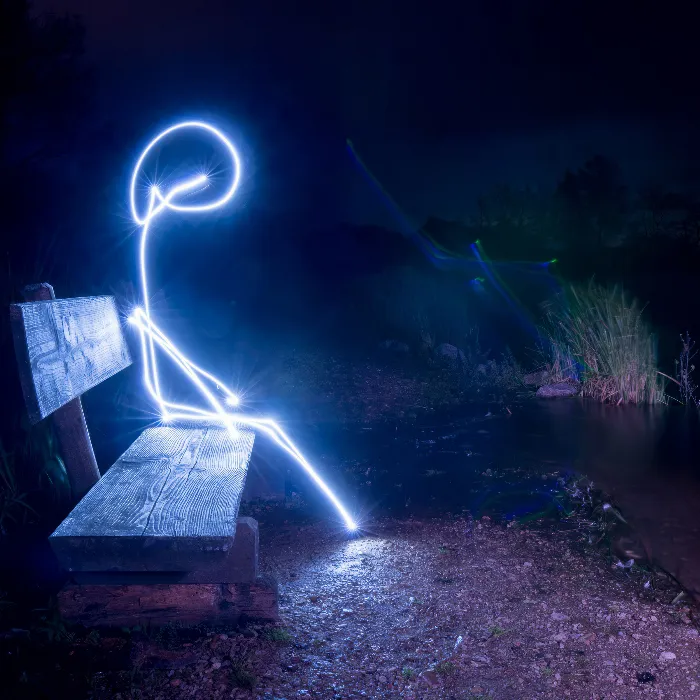Night photography offers photographers an opportunity to capture magical moments that often remain hidden in bright daylight. The challenging conditions foster creativity and technical skills alike. However, there are both advantages and challenges that you should consider before venturing into the darkness.
Main insights
- Night photography opens up new perspectives and colors that the human eye cannot perceive.
- You can utilize creative light effects that are rare in daytime photography.
- The darkness can affect the quality of your photos, especially if no tripod is used.
- Fast lenses may be required to achieve good results.
Exploring the advantages of night photography
As twilight falls, the world transforms before your lens. This transformation offers a unique palette of colors and light effects. One of the greatest advantages of night photography is that the colors often appear more intense. The human eye struggles to see in darkness; cameras, on the other hand, can capture astonishing details and colors through long exposure times.

Especially in urban environments, the creative freedom is hard to overlook. Every glimmer of light from street lamps, car headlights, or windows creates new compositions. You can experiment with various light sources and create unique, creative images that express your artistic vision.
Another advantage is the quiet that comes with night. During the day, many places are crowded, which can disrupt your focus. At night, you can concentrate better on the composition of your images and often have the opportunity to try out different perspectives without being disturbed.
Challenges and drawbacks of night photography
However, there are challenges that you should not ignore. The darkness brings limitations that can affect the quality of your photos. Without a tripod, it becomes harder to work with longer exposure times without camera shake affecting the shot.
A higher ISO setting may become necessary if no tripod is available; however, this often compromises image quality.
Tripods are not only helpful; they provide stability for your camera, especially during long exposure times. But a tripod can require additional weight and bulk, which can be cumbersome on longer excursions. You should weigh when the use of a tripod makes sense for your photographic needs.
Another aspect is the requirements for lenses. High-quality, fast lenses are advantageous in night photography as they can capture more light. However, these lenses can be expensive.
If your budget is limited, you may need to live with some compromises or optimize your images during post-processing.
Despite these challenges, there is no excuse to avoid night photography. Even smartphones are capable of taking impressive night pictures. With the right technique, you can achieve excellent results with any type of camera.
Summary - Night photography: Advantages and disadvantages
In summary, night photography offers both fascinating and challenging aspects. The intense colors and creative possibilities contrast with the technical demands and image quality.
Take the time to gather your own experiences and discover the beauty that night photography has to offer.
Frequently Asked Questions
Why are the colors in night photography more intense?The camera can capture more light and detail during long exposures than the human eye can perceive.
Is a tripod necessary during night photography?Yes, a tripod provides stability and allows for longer exposure times without blurriness.
Which lenses are ideal for night photography?Fast lenses are beneficial as they can capture more light, thus improving image quality.
Can I also take night photos with a smartphone?Yes, many smartphones are now capable of taking high-quality night photos.
How can I improve my night photographs during post-processing?Photo editing software like Photoshop or Lightroom can be used to optimize the colors and brightness in your images.


